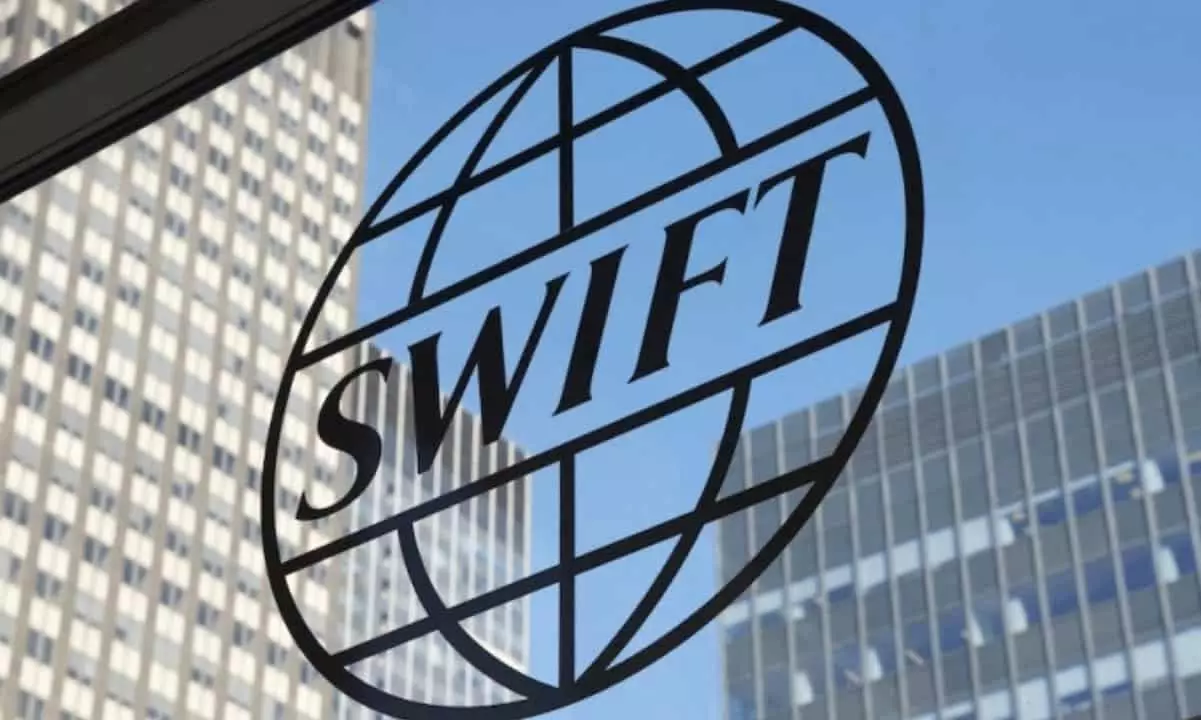On September 11, 2023, the Society for Worldwide Interbank Financial Telecommunication (SWIFT) unveiled a transformative initiative aimed at incorporating digital currencies and assets into its financial transaction framework. Established in 1973, SWIFT serves as a vital backbone for international bank communication, facilitating secure, standardized messaging among member institutions. This recent announcement marks a significant pivot for SWIFT as it seeks to enhance its services to accommodate both conventional financial systems and the rapidly evolving realm of digital currencies, including cryptocurrencies and digital central bank currencies (CBDCs).
The announcement highlighted the exponential growth potential of tokenized real-world assets (RWAs), with projections suggesting the market could reach a staggering $30 trillion by 2034, according to research from Standard Chartered. The bullish sentiment is further reflected in the fact that 91% of institutional investors are inclined to explore opportunities in tokenized assets. This strong interest underscores the necessity for robust frameworks that bridge the gap between legacy financial systems and emerging digital technologies. SWIFT’s recognition of fragmented “digital islands” mirrors a broader industry challenge: the lack of cohesiveness across diverse platforms, technologies, and regulatory environments that currently hinder institutional engagement with tokenization.
SWIFT’s recent experiments with blockchain technology, particularly in interoperability between public and private blockchains, signal a proactive approach to overcoming these challenges. These initiatives aim to leverage existing infrastructure while developing new capabilities that allow for real-time transactions of tokenized assets. The intention is to provide a seamless user experience, where securities investors can concurrently pay for and exchange these digital elements. Initially, fiat currencies will dominate the payment aspects, paving the way for a gradual integration of tokenized money forms, including CBDCs and stablecoins.
Importantly, SWIFT’s collaboration with Chainlink, particularly its Cross-Chain Interoperability Protocol (CCIP), illustrates a strategic alliance aimed at enriching its offerings. This collaboration not only reflects SWIFT’s commitment to exploring multi-chain integrations but also highlights a broader recognition that the future of finance may increasingly hinge on interoperability between various blockchain networks. As the landscape evolves, such partnerships could play a pivotal role in shaping a secure and interoperable financial ecosystem, enhancing efficiency and trust in transactions.
Challenges and Limitations Ahead
Despite these ambitious plans, expectations should be tempered. While SWIFT’s infrastructure enhancements are promising, the practicalities of integrating decentralized assets like Bitcoin and Ethereum into its network remain questionable. The likelihood of easily transacting these assets through SWIFT is slim due to their decentralized nature and regulatory ambiguities. Nonetheless, SWIFT could significantly bolster the fundamental frameworks that facilitate these transactions, reinforcing the ecosystem for digital currencies and tokenized assets.
Conclusion: A Step Toward a Digital Future
As SWIFT embarks on this transformative journey, its proactive stance signifies a critical shift in how traditional financial networks can adapt to and potentially benefit from the surge of digital assets. The roadmap laid out not only points to an innovative fusion of technology and finance but also suggests that the days of a purely digital currency model are approaching. However, the realization of this vision will require continued collaboration, adaptation, and a willingness to navigate uncharted waters in the digital finance landscape.

